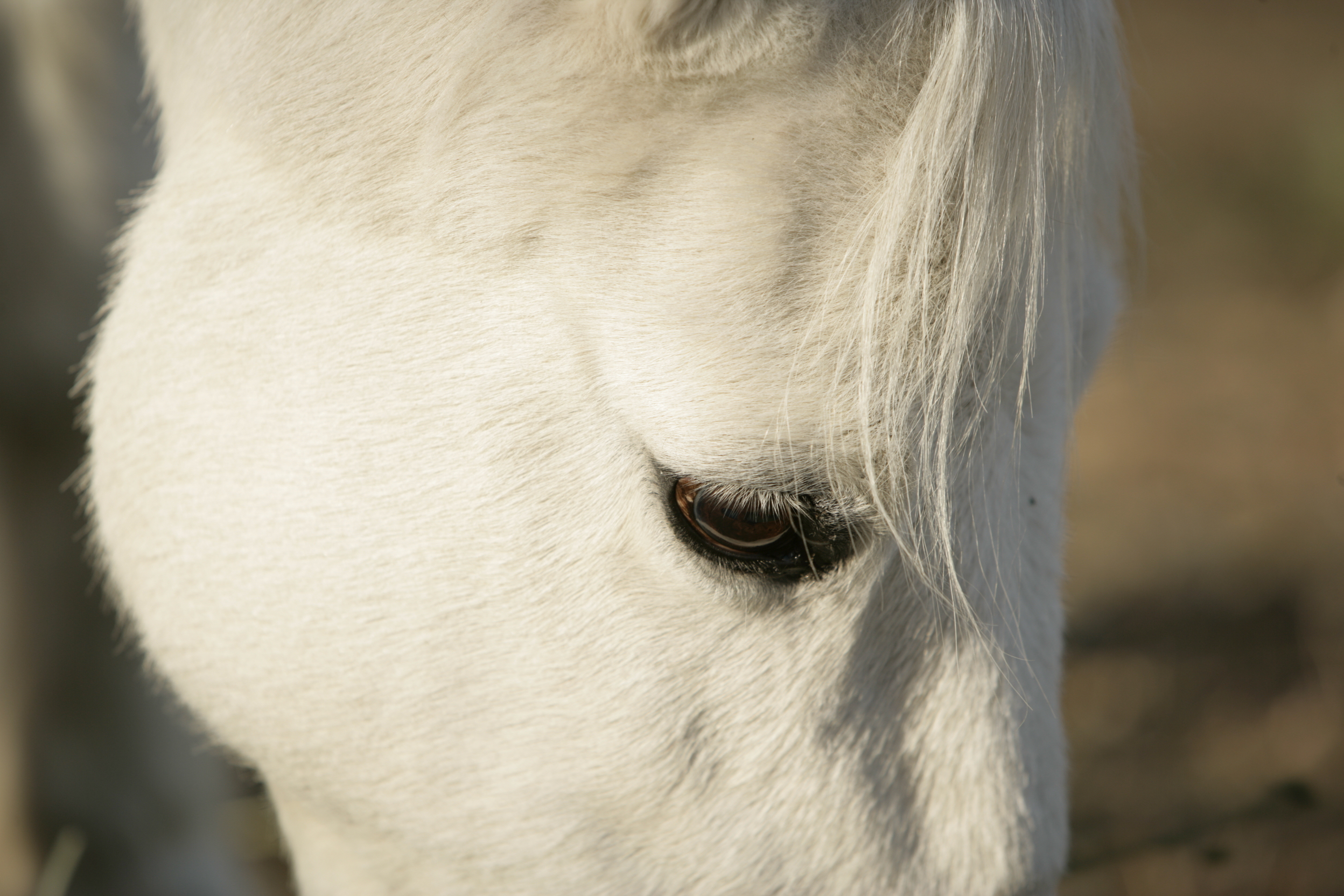Ophthalmic Evaluations

Ophthalmic abnormalities merit prompt evaluation as many are emergencies. The majority of ophthalmic examinations require visualization of the surface and internal chambers of the eye and application of drops to the eye to check for ulcerations on the cornea (the surface of the eye). Horses frequently rub and bump their eyes in their day to day activities, and this often leads to abrasions on the cornea that may not be visible without closer examination. Most of these abrasions can be treated easily if addressed right away. If treatment is delayed, ulcerations may become infected.
While corneal ulceration is the most common problem we see with horses’ eyes, other conditions occur too, such as uveitis (aka moon blindness), conjunctivitis, glaucoma, ocular foreign bodies, and blocked nasolacrimal ducts. As such, Renier Equine is prepared to examine the eye in other ways on the farm, such as with ultrasound, tonometry (intraocular pressure readings), and dilated exams when appropriate.
Signs that your horse may need an ocular exam include: tearing or ocular discharge; squinting or unwillingness to open the eye fully; swelling of the ocular tissues or eyelids; discoloration or altered appearance of the eye; behavior suggesting reduced vision; and trauma to the ocular region.


